
Harnessing the power of younger spenders
According to a luxury market report published in 2019, around 64 percent of high-end consumers are aged between 25 and 44 years old. In other words, they’re millennials.
This statistic may confound some owners of luxury brands, as media coverage of millennials often paints them as penniless and frugal. The hard facts tell a very different story, however.
There are a variety of factors that could explain the growth in luxury consumption amongst young people. Firstly, the luxury market is more volatile than ever, with an increasing number of new and innovative brands entering the fray. As a result, heritage brands that once relied on name recognition alone to secure a steady stream of revenue are having to come up with novel ways of impressing young audiences. Secondly, luxury consumption is seeing unprecedented growth in new lucrative markets such as China, where millennials are responsible for around 80 percent of luxury purchases.
If you’re yet to be convinced of the importance of targeting millennials, just look at the once-thriving luxury car brand Bentley. The firm was recently forced to lay off around 10 percent of its workforce following devastating losses of $280 million. It will have to connect more effectively with younger generations if it is to survive the current economic environment.

Sell a dream
To attain success as a luxury brand, you need to reach the people who view high-end purchases as evidence of success. According to a recent report, around 47 percent of these so-called “Strivers” are aged between 25 and 34, while 57 percent are aged 18-34. Again, these figures demonstrate the powerful influence of youth in today’s luxury market.
It is also worth noting that the luxury consumers are becoming increasingly ethnically diverse, with the same study revealing that around a third of Strivers identify with non-white ethnicities. Strategically, this means high-end companies must focus on selling a dream that celebrates diversity while emphasising the fact that their products are not easily obtainable for anyone.

What do luxury consumers look for in a brand?
When coming up with marketing campaigns, high-end brands must try to promote themselves in the following ways:
1. As fashion-forward and trendy
Trendsetters – people who are very likely to be swayed by the latest social media crazes and stylish influencers –make up a significant part of the luxury consumer market. They are also young, with 46 percent of trendsetters falling between the ages of 18 to 34. To tap into this demographic, luxury brands must demonstrate their cutting-edge status and pour a significant amount of resources into influencer marketing.
2. As design connoisseurs
Of course, it is important not to forget older luxury consumers, many of whom have incomes above $100,000 and fall into the category of so-called aesthetes. This means that they appreciate sleek design and craftsmanship and are willing to pray a significant price to get it. In terms of marketing strategy, this could mean connecting with high-flying artists to help sell your products.
3. As the best on the market
Luxury consumers over the age of 65 tend to be swayed by brands that appear to be the best on the market in terms of quality and reputation. Indeed, many look for online reviews and recommendations from friends before investing their money in a brand, so it is important for luxury market professionals to engage older consumers via email marketing or social media and emphasise their brand’s leadership qualities.
4. As selling a comfortable life
Older consumers also like brands that sell luxury as a means to attain a fulfilling life, rather than simply a status symbol. For luxury brands trying to reach this demographic, this means communicating clearly about how their products make life easier and more comfortable while downplaying notions surrounding flashy lifestyles and trends.
As you can see, the audience for luxury products is broad and is likely to differ slightly between individual brands. If you’re involved in the luxury industry and are looking to boost your sales and consumer base, it is time to exploit the powers of social media, influencer marketing and online reviews while collecting vital data about the wants and needs of your customers.
As you can see, the audience for luxury products is broad and is likely to differ slightly between individual brands. If you’re involved in the luxury industry and are looking to boost your sales and consumer base, it is time to exploit the powers of social media, influencer marketing and online reviews while collecting vital data about the wants and needs of your customers.
If you want to know about marketing luxury to a completely new audience, read our article ‘Marketing Luxury to Modern Consumers‘.
1. As fashion-forward and trendy
Trendsetters – people who are very likely to be swayed by the latest social media crazes and stylish influencers –make up a significant part of the luxury consumer market. They are also young, with 46 percent of trendsetters falling between the ages of 18 to 34. To tap into this demographic, luxury brands must demonstrate their cutting-edge status and pour a significant amount of resources into influencer marketing.
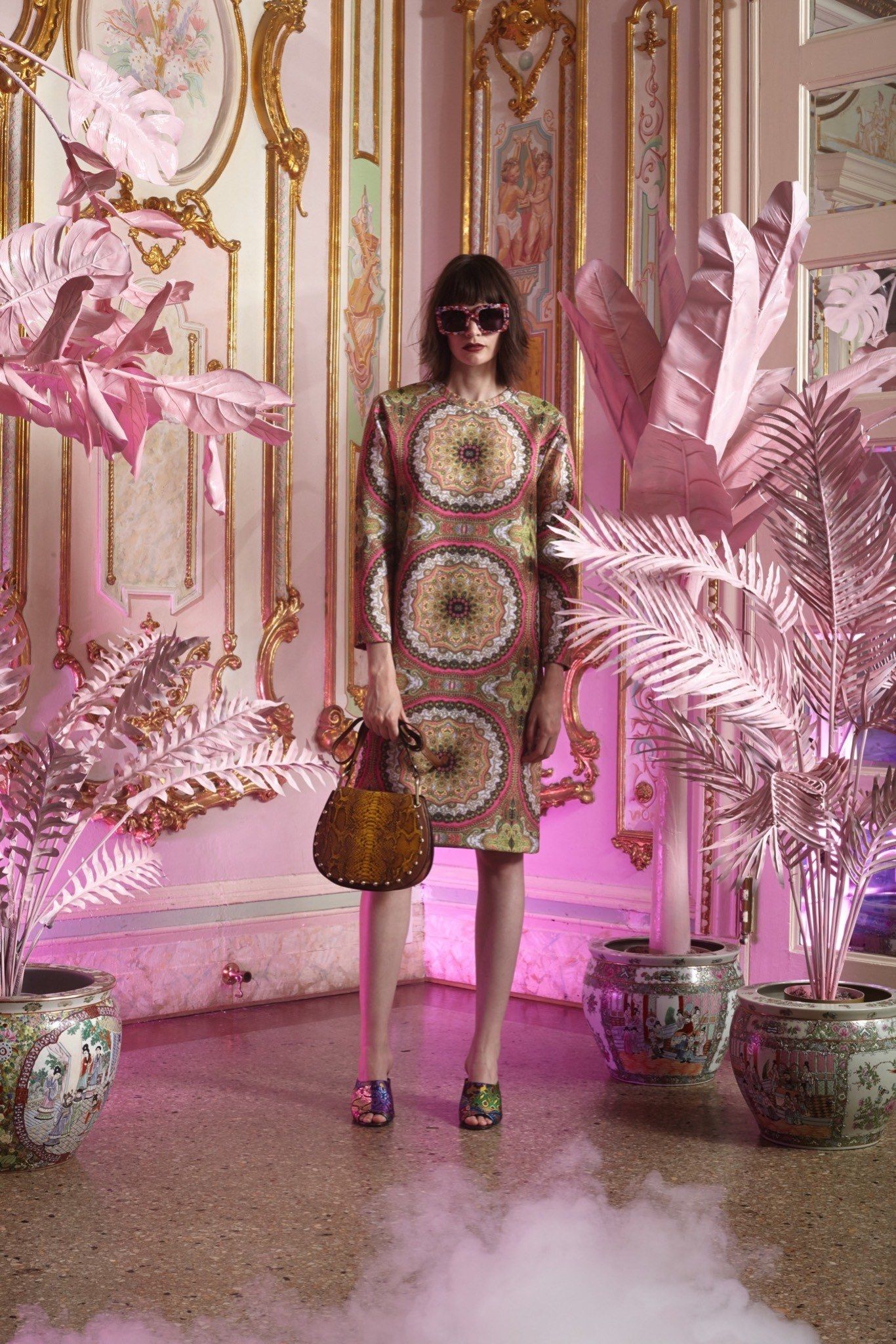
2. As design connoisseurs
Of course, it is important not to forget older luxury consumers, many of whom have incomes above $100,000 and fall into the category of so-called aesthetes. This means that they appreciate sleek design and craftsmanship and are willing to pray a significant price to get it. In terms of marketing strategy, this could mean connecting with high-flying artists to help sell your products.3. As the best on the market
Luxury consumers over the age of 65 tend to be swayed by brands that appear to be the best on the market in terms of quality and reputation. Indeed, many look for online reviews and recommendations from friends before investing their money in a brand, so it is important for luxury market professionals to engage older consumers via email marketing or social media and emphasise their brand’s leadership qualities.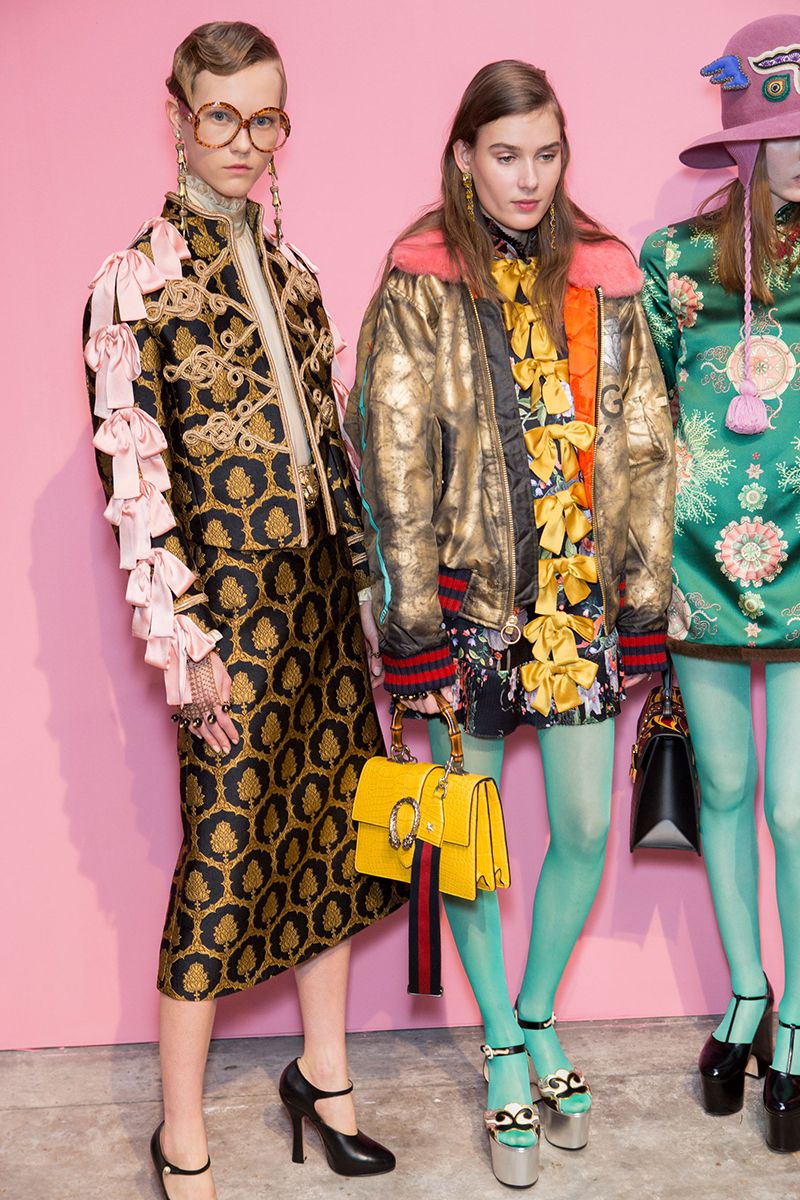
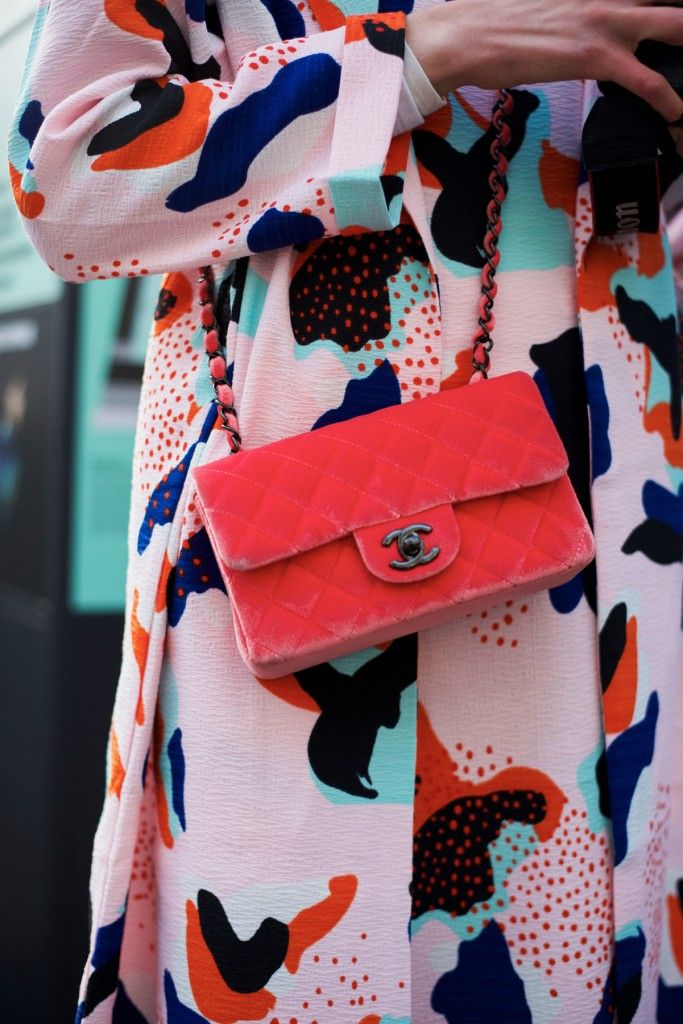
4. As selling a comfortable life
Older consumers also like brands that sell luxury as a means to attain a fulfilling life, rather than simply a status symbol. For luxury brands trying to reach this demographic, this means communicating clearly about how their products make life easier and more comfortable while downplaying notions surrounding flashy lifestyles and trends.The luxury strategy is becoming increasingly popular among marketers as it is by far the most efficient in the high-end sector. So, what does this strategy involve and how can you harness it to meet the expectations of luxury consumers?
Three luxury marketing tactics to try today
To encourage luxury buying amongst modern consumers, try out the following strategies:
1. Stop comparing your brand to others on the luxury goods market
Positioning is often cited as one of the most important elements of a decent digital marketing strategy. It is common for businesses to emphasise their unique selling proposition (USP) and explicitly tell consumers how this USP makes them superior to other brands, to gain market dominance. Marketing luxury goods and services requires a little more subtlety, however.
While it is, of course, important for luxury brands to demonstrate their uniqueness, they should avoid making comparisons with others. Luxury commerce is, after all, bound up with notions of taste and creativity that should transcend petty quibbles surrounding which brands are the chicest or most affordable.
In other words, advertising for luxury businesses involves selling a vision of uniqueness, timelessness and authenticity that will reassure consumers of your durability as a brand. They need to know that they can rely on you for future luxury purchases without having to defer to other retailers that may not have such a strong identity.
Good examples of luxury brands to have perfectly involved this tactic include Chanel, Prada, and many other fashion houses unwilling to compromise on their vision.
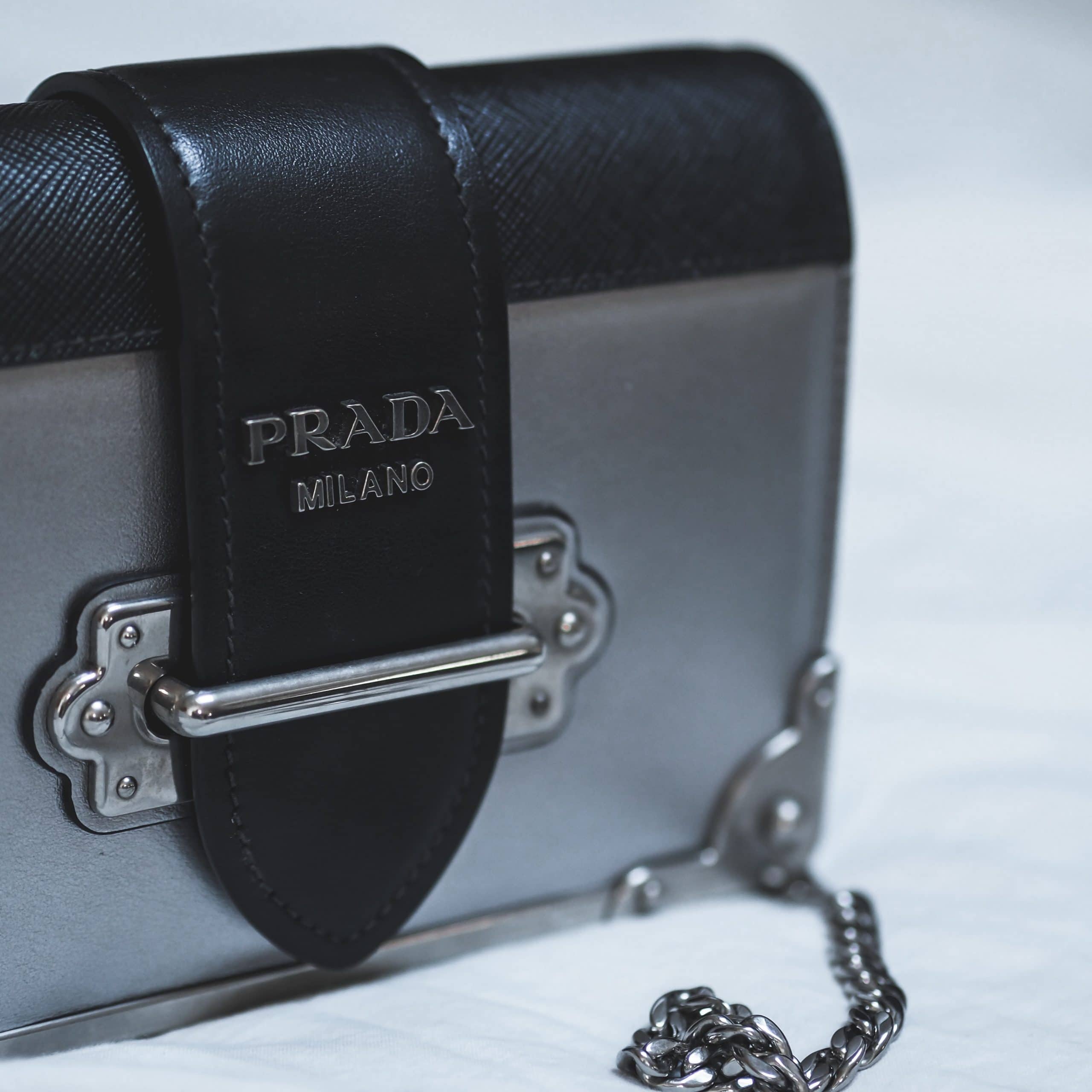
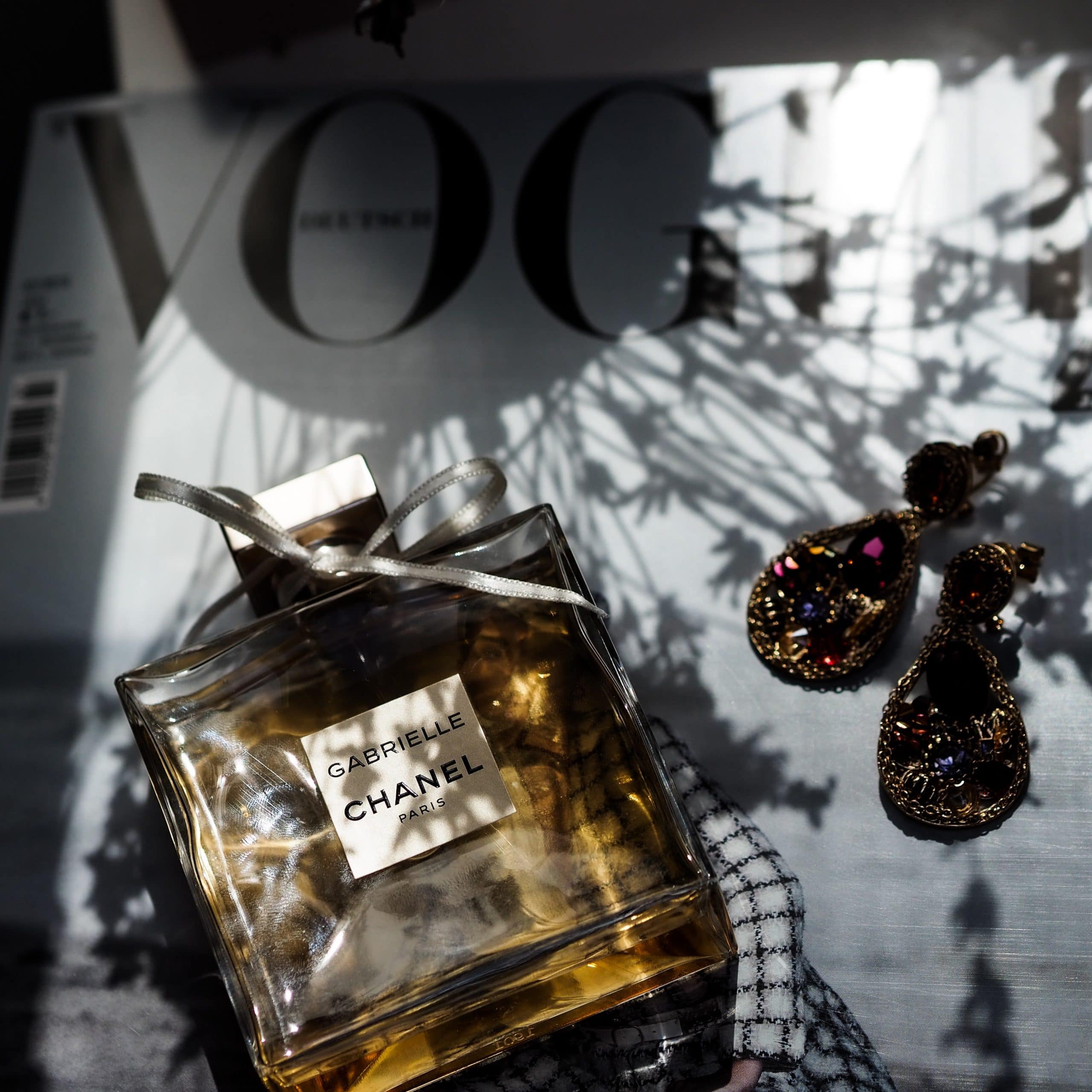
As you can see, the audience for luxury products is broad and is likely to differ slightly between individual brands. If you’re involved in the luxury industry and are looking to boost your sales and consumer base, it is time to exploit the powers of social media, influencer marketing and online reviews while collecting vital data about the wants and needs of your customers.
In our article ‘Marketing Luxury to Consumers’ you will find out more about how luxury brands adapt and their values more closely with those of a younger and broader audience.




